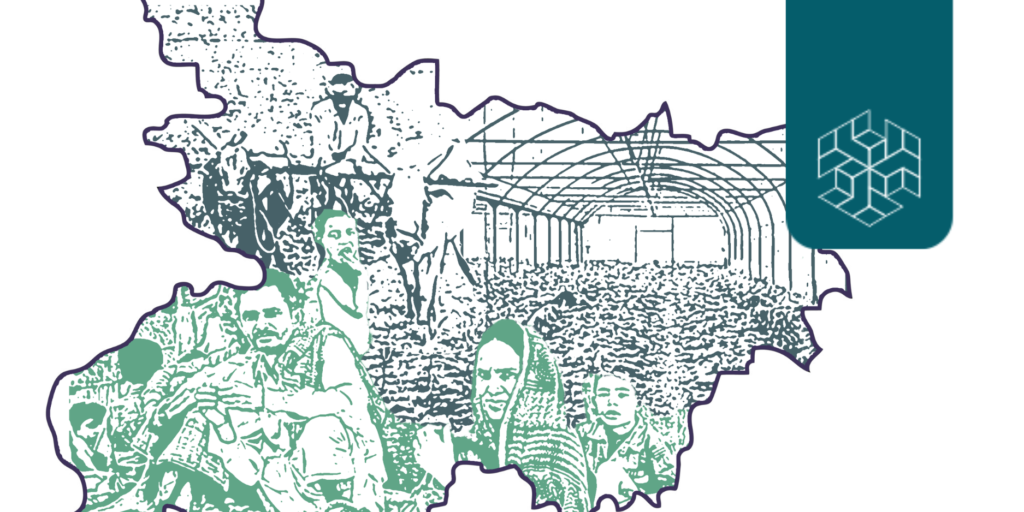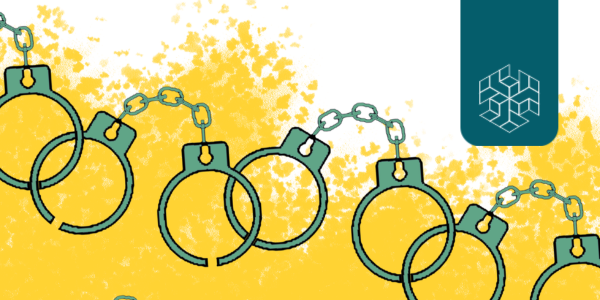Authored by: Somiha Chatterjee
Edited by: Soumya Singhal, Yamini Negi
ABSTRACT:
Women’s financial inclusion improves their agency while also impacting their growth and productivity. With the advent of Digital India, the term ‘financial inclusion’ has been highly associated with digital financial services. The Covid-19 pandemic may have propelled the adoption and usage of technology and expedited India’s digital transformation.
The goal of making financial services available through digital platforms is to reduce poverty and contribute to a generally more inclusive financial playing field. However, women’s limited access to these digital technologies in India poses the danger of pushing them towards the wrong side of a persistent digital divide. In light of these conditions, this paper explores the trajectory of financial inclusion and the efficacy of digital interventions in closing the gender gap in financial inclusion in India.
BACKGROUND: INVESTIGATING THE TRAJECTORY OF FINANCIAL INCLUSION OF WOMEN IN INDIA
The Reserve Bank of India [RBI] defines financial inclusion as “making financial services accessible to people from low income and weaker socio-economic backgrounds and ensuring credit access to these groups.” (Reserve Bank of India 2015: 1) While the Indian banking system prioritised the weaker socio-economic groups since the 1970s, it did not include women under this category until 2013 (Chavan 2020).
Between 1990 and 2010, RBI and the central government adopted a series of measures to ensure a holistic approach towards making financial services available to women. These measures included Basic Savings Bank Deposit Account [BSBDA], establishment of Financial Literacy Centres [FLCs], implementation of Banking Correspondents [BC] models, and bank Self Help Group [SHG] linkage programmes. During this period, microfinance institutions [MFIs] became prominent for their crucial role in making credit available to women. However, despite the growing influence of MFIs in India, a majority of women still relied on informal sources of finance owing to the high interest rates of SHG loans. These high interest rates made these loans unaffordable for many women (Chavan and Bhaskar 2009).
Before the introduction of Prime Minister Jan Dhan Yojna [PMJDY], financial inclusion in India faced some significant challenges surrounding lack of coordination among stakeholders, lack of proper planning, and operational issues. With the commencement of PMJDY in 2014, a large section of the unbanked mass in the country, of which about 55% were women, entered the formal financial fold. Between 2014 and 2017, bank account ownership in India rose from 43% to 77% among women (Figure 1). Consequently, the gender gap between bank account holders declined. The gender disparity in financial inclusion reduced from 19.8% in 2014 to 6% in 2017.



